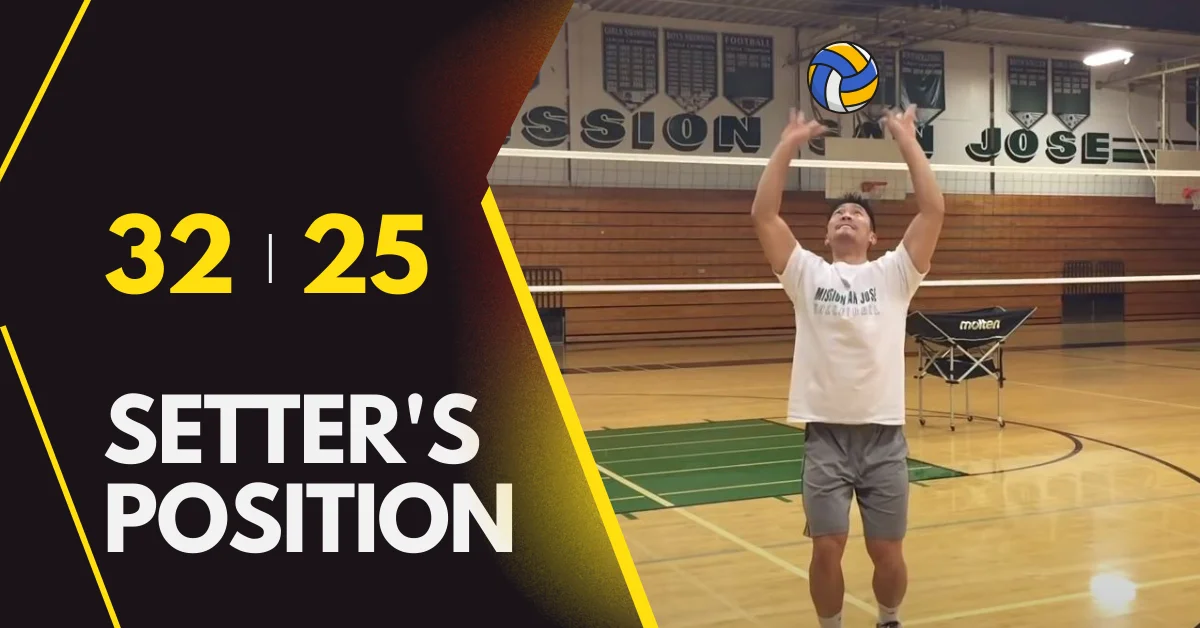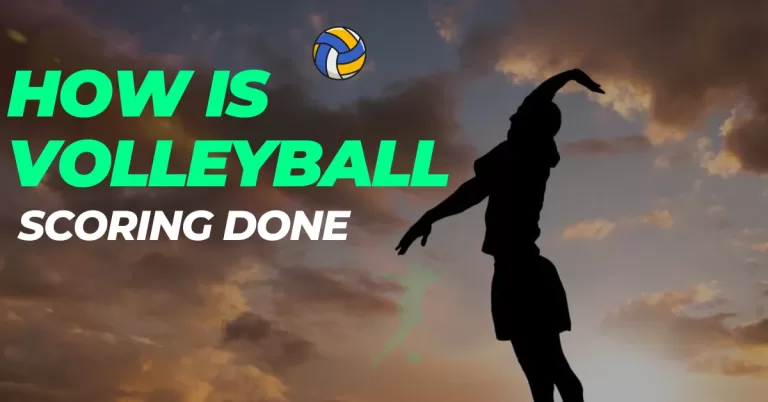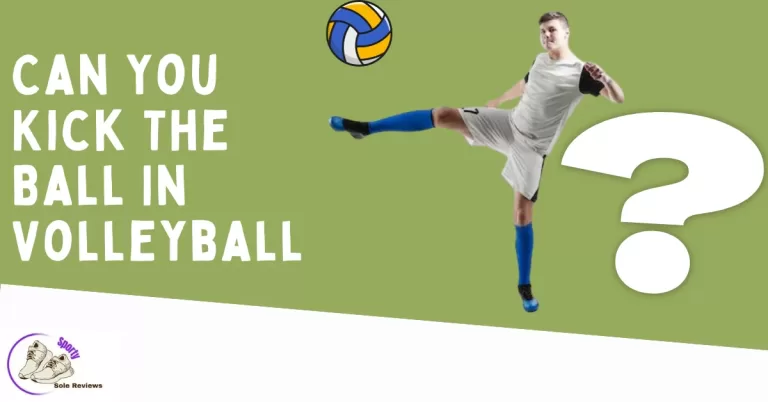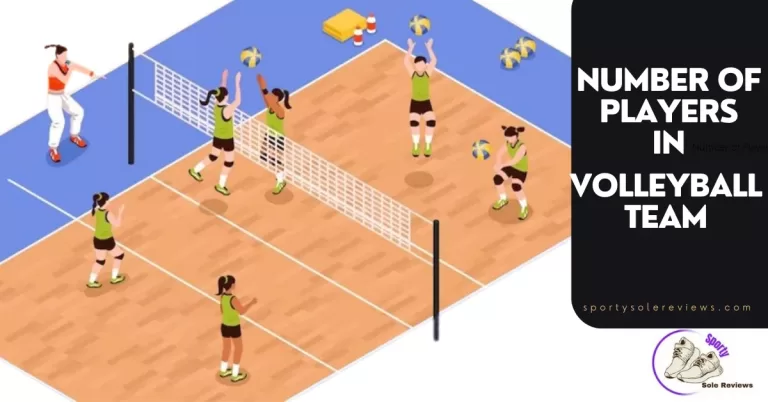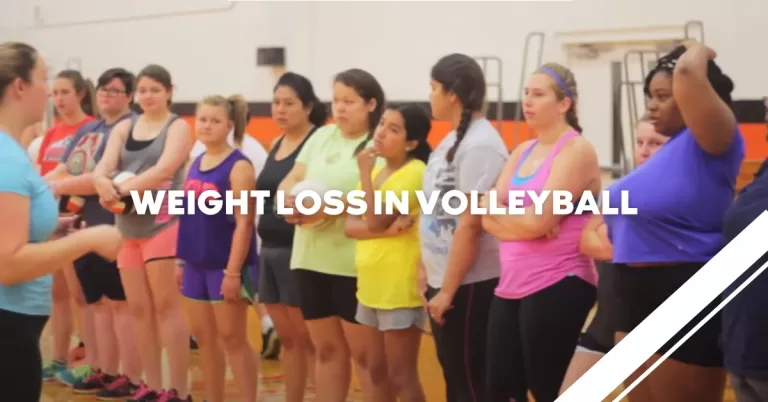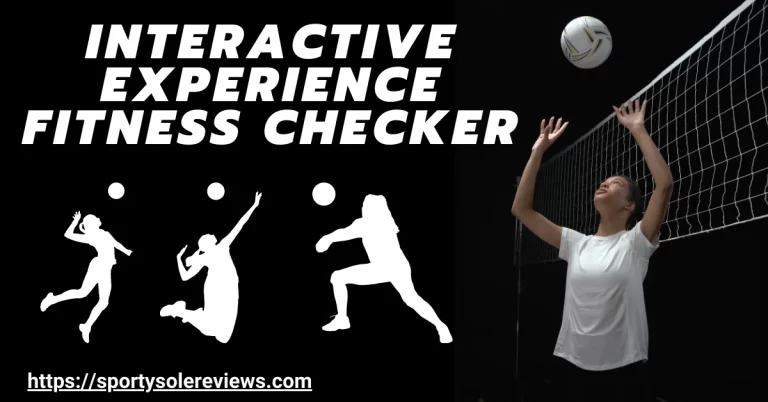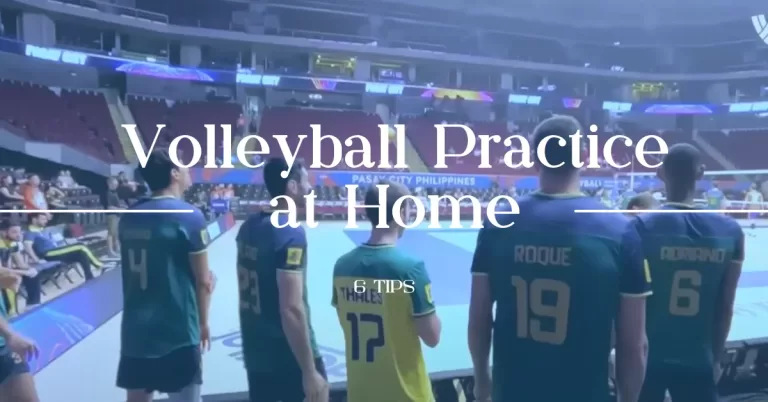What is the setter’s position on volleyball roles and rules?
The setter’s position on volleyball is like the secret sauce that makes the game sizzle. They’re the ones who set the stage for the action. As a volleyball player, I share some information about this moment to help you understand why setters are such a big deal in this sport.
Setter’s Offensive and Defensive Responsibilities in Volleyball
| Responsibility | Description |
|---|---|
| Offensive Responsibilities | |
| Setting the Ball | The setter is responsible for delivering accurate and hittable sets to the team’s attackers to set up successful attacks. |
| Decision Making | The setter must make quick decisions on which attacker to set based on the game situation and the positioning of the blockers and defenders. |
| Deception | Setters often use deceptive tactics to confuse the opposing blockers and defenders, such as faking a set or disguising the intended target. |
| Defensive Responsibilities | |
| Blocking | While not the primary blocker, setters may need to participate in blocking at the net to help stop opposing attacks. |
| Backcourt Defense | Setters need to be ready to dig or receive the ball in the backcourt if the opposing team manages to get the ball past the block. |
| Transition Play | After a defensive play, setters play a crucial role in transitioning the team from defense to offense by quickly getting into position for the next set. |
The Setter’s Offensive Role in Volleyball
As a school tournament volleyball player, I break down my experience with what setters do on the volleyball court when it’s time to go on the offensive.
Setting Up the Attack
Setters are like the playmakers in volleyball. Their job is to start the action and create chances for their teammates to score. They’re a bit like quarterbacks in football, deciding where the ball goes.
They study their teammates’ strengths and weaknesses to decide the best way to set the ball. Some players like it high, and some like it fast. Setters adjust to their teammates’ preferences to set up the perfect attack.
Connection with Hitters
Setters and hitters need to be in sync, like a dance partnership. The timing has to be just right for the hitter to make a powerful hit. It’s all about teamwork and trust. Without good communication and coordination, the attack won’t work.
Dumping the Ball
Sometimes, setters take matters into their own hands. They surprise the other team by quickly pushing the ball over the net themselves. It’s a clever move that can catch the opponent off guard and score points.
The Setter’s setter’s position on Volleyball Defense
In volleyball, setters are known for their fancy assists, but they also have important defensive duties that often go unnoticed.
Blocking and Digging
Blocking: Setters may not be the tallest players, but they still have to jump in at the net and try to stop the opponents’ attacks. It’s like being a goalkeeper in soccer but for the net.
Digging: When the ball comes flying over the net like a rocket, setters use their quick reflexes and skillful hands to make sure it doesn’t hit the ground. Think of it as their way of keeping the game going, like a superhero saving the day.
Transition Play
Now, after they’ve done their defensive work, setters switch gears to make offense happen smoothly. Imagine them as the playmakers in basketball. They decide whether to set up a quick attack or play it safe. It’s like being the quarterback, calling the shots.
The Rules Governing Setter’s position on volleyball Actions
Faults and Violations
In the intricate dance of volleyball, setters bear a heavy responsibility, not only for orchestrating the offense but also for avoiding a litany of faults and violations.
Common Mistakes Setters Should Avoid
Setters must tread carefully to sidestep the pitfalls of double hits and lifts. A double hit is a double contact by the same player in succession, a cardinal sin that disrupts the game’s flow. Setters must maintain a velvet touch, ensuring the ball leaves their fingertips uniformly.
Looming like a specter is the violation of lifts, where the ball seems to defy gravity in the setter’s hands. It’s a subtle transgression but one closely scrutinized by eagle-eyed officials. A deft touch, like a master sculptor’s hand, is required to execute a clean and legal set.
Footwork and Setting Techniques
The setter’s feet are the compass guiding the team to victory, but they must adhere to rules as well.
When it comes to footwork during setting, precision is paramount. Setters can’t perform a tap dance around the court before releasing the ball; their movements must be concise and deliberate. Like a conductor directing an orchestra, each step must harmonize with the final note—the set.
Ensuring legal and clean setting techniques is an art form. The ball should leave the setter’s hands like a feather on the breeze, without signs of spinning or prolonged contact. Mastering this finesse is akin to the stroke of a maestro’s brush, creating a masterpiece of a set.
Setter’s Role in Different Formations
In the intricate realm of volleyball, the Setter’s role takes on various dimensions, depending on the team’s chosen formation.
Setter’s position on volleyball in a 5-1 Formation
In a 5-1 formation, the Setter is a constant presence on the court. They set, block, and occasionally attack from the back row. As the sole Setter, they hold the reins of the team’s offence, orchestrating plays and delivering precise sets to the hitters.
Managing a 6-2 Formation: Setter as a Hitter
In a 6-2 formation, there are two Setters who also take on the role of hitters. When in the front row, they become offensive threats, requiring the opposing team to defend against their attacks. As they rotate to the back row, another Setter takes their place, ensuring a continuous cycle of setting and hitting.
Dual Setter Systems: 6-2 vs. 6-3 Formation
In both the 6-2 and 6-3 formations, having two Setters on the court at the same time provides strategic advantages. The 6-2 employs two setters who rotate in and out of the back row, while the 6-3 employs three front-row setters who rotate in a similar manner.
Setter and Middle Blocker Connection in 4-2 Formation In a 4-2 formation, the Setter works closely with the Middle Blocker to execute quick and efficient attacks. With only two front-row hitters, the Setter’s connection with the Middle Blocker becomes crucial in maintaining offensive prowess.
Conclusion
In conclusion, the role of the Setter in volleyball is nothing short of instrumental. As the orchestrator of the team’s offence, the Setter holds the power to shape the game and create scoring opportunities for their teammates. With precise hand positioning, tactical decision-making, and deceptive techniques, they elevate the level of play and keep the opposing defence guessing. Moreover, the Setter’s position on volleyball adaptability to different formations and ability to forge strong connections with fellow players make them an invaluable asset to any team. From the 5-1 to the 6-2 and 6-3 formations, the Setter’s presence and skills remain central to the team’s success. Their impact extends beyond the technical aspects, as their leadership and composure contribute to team morale and dynamics.
What is the main Setter’s position on volleyball?
The Setter’s primary role in volleyball is to act as the playmaker and offensive strategist for their team. They receive the first ball and set it up for the attackers, creating scoring opportunities and dictating the tempo of the game.
How does a Setter differ in various team formations?
The Setter’s responsibilities vary depending on the team’s formation. In a 5-1 formation, the Setter is the sole playmaker on the court, while in a 6-2 formation, two Setters also take on the role of hitters. In a 4-2 formation, the Setter works closely with the Middle Blocker, and in a 6-3 formation, three front-row Setters rotate strategically.
What are some essential Setter techniques and skills?
A skilled Setter must possess precise hand positioning, the ability to distinguish between spin and float serves, and the skill to make quick decisions on setting quick or high balls. Understanding tempo and timing in sets and utilising fakes and deceptive techniques are also crucial elements of a Setter’s skill set.
How does the Setter contribute to team morale and dynamics?
Beyond their technical abilities, the Setter’s leadership, communication, and composure play a vital role in influencing team morale and dynamics. Their ability to inspire confidence, encourage teammates, and maintain a positive atmosphere on the court is essential for a cohesive and successful team.
How does the Setter-Libero duo work together?
The Setter and Libero often form a symbiotic relationship on the court. The Setter relies on the Libero’s defensive skills and precise passing to set up plays effectively and maintain ball control. Their coordination in both defence and serve-receive is crucial for a well-functioning team system.

